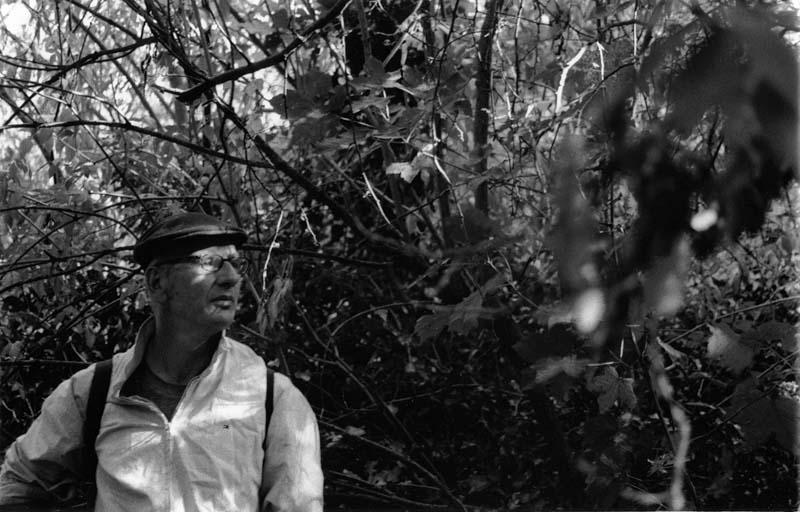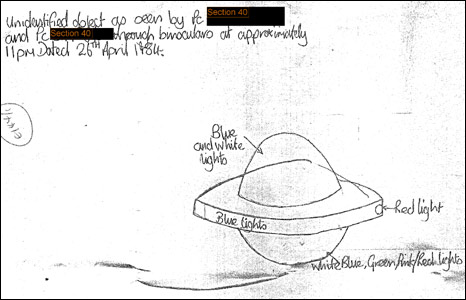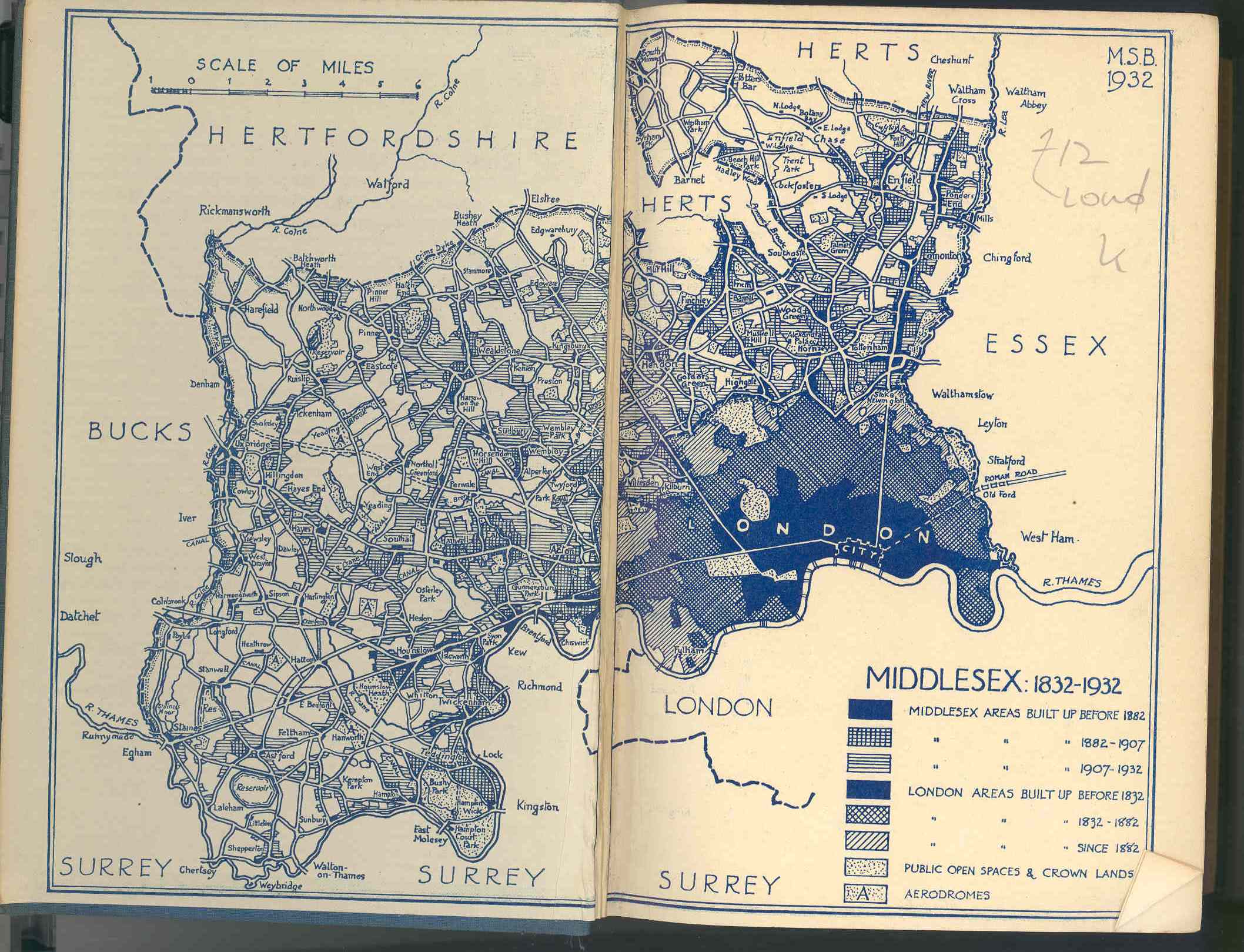Welcome to Middlesex County Council part II ??
I wish to honour my home, the old County of Middlesex, utilising prose and poetry, photographs and local history lore.
This website has been set up not only to explore and present the historic legacy of old Middlesex, but also to examine the way in which the county-region still coheres as a distinct entity at the topographic and imaginative levels.
Those of us born towards the end of the 1950s will have seen the last of the county as a formal, administrative entity: I recall doing my O Levels under the auspices of the Middlesex County Council Education Department in the 1970s. One of my abiding memories from childhood is of a steamroller moving along Queens Avenue N3 back in 1965. The words “Middlesex Borough of Finchley” were inscribed along the top edge of the driver’s cupola.
Yet despite its ostensive dissolution at the administrative level, the sweep and majesty of Middlesex continues to impinge on the imagination. Answering the call of the county has become the central axis of my written work. Over the last ten years I have built up a sizeable library devoted to all aspects of Middlesex, and intend to make this collection available to the public at some point in the future. Prints and illustrations from the library are viewable in various sections of the website.
I have also undertaken a long series of walks criss-crossing the region in order to defamiliarise my relations with the environment, aiming to throw the county''s landscape, its hills and memories, dreams and imaginings into sharp relief. Some of these studies and explorations are woven into the various sections making up this site.
Many people maintain that Middlesex no longer exists. A bookseller in Hampstead enjoys sneering at my interests whenever I purchase books on the subject. Others come out with the wearying “Middlesex? That’s just a set of postcodes for people who don’t want to admit they live in London.” To be sure, the redefining of London’s administrative districts in 1964-5 supposedly did away with the County''s municipal boroughs. In their place emerged a motley group of London boroughs, each of them inward facing and administratively isolated from its neighbours.
Yet the resonance of Middlesex lingers: walk down the Hendon Way, from Child’s Hill, to where traces of old UDC sewage farms remain visible in the concrete culverts, the raised line of the buried aqueducts at Brent Cross. Work up from there to Hendon, to Sunny Hill Park (noting the old Hendon Corporation metals set into the alleyways and road surfaces) and gaze over to the line of ridges running east to west along the old county borders. Allow the eye to roll far off, across the landscape beyond Harrow, to Haste Hill at Ruislip and to windy Harefield on the western border of the County. Next, cut through to Mill Hill via Arendene open space. Looking west again you see Kingsbury Hill, Barn Hill and Harrow (elongated ridges from this perspective) looking like dreadnoughts in line-abreast. Behind twinkle the lights of distant arterial roads and the tower blocks at Hounslow Heath.

Nick Papadimitriou, Middlesex 2006
At moments like this the County sits in the palm of my hand, or it hangs suspended in the cortex. At other times it is a wild vicious thing: squashed insects on summer bitumen; dead souls trapped in pre-stressed concrete; sadness floating across wind-hacked sportsfields on lonely winter rambles. The county is both an intimate friend and a threat. It is the sparkle of sunlight on red suburban rooftops on spring mornings. It is compressed decades of endless car journeys down the A406 North Circular - drivers farting languidly in their Ford Capris.
Here are some other things the County has stored in its regional memory banks:
-
The sighting of a UFO over Harrow by three policemen in April 1984.

-
Regional recall in names of streets and schools (Spout Lane North at West Bedfont, Oliver Goldsmith school in Kingsbury).
-
There are traces of old hedgerow in many places – along the Waterfall Road between Friern Barnet and Southgate for instance.
-
The giant Minchenden Oak growing in a dedicated garden in Southgate.
-
Lingering shockwaves of the war stored in concrete slabs, tarmac and pub myths (My newly discovered Aunt telling me about the flying-bomb incident at Standard Telephones & Cables in 1944. How she and her sister stood outside on Bounds Green Road waiting for my Grandmother to come out. When she finally emerged she was white with dust and totally deaf).
-
Buried memories of forgotten disasters (The Brent Cross Crane Disaster of 1964).
-
Elements of county recall in the poetry of Bill Griffith or John Betjamen.
-
The ''Crusher'', a large roller causing destruction to buildings in Acton and Finchley in the yeras before the Second World War.
All of these are covered in this site. Dig them out!
In coming months I will be building up a composite picture of the region. I will also undertake a partial study of neighbouring counties. A series of chapbook publications is planned and will be made available for download or for purchase in hard copy (the first of these, Cul-de-sac, is almost ready now). Please revisit the site periodically and track changes and improvements.
The County lives within us!

The Frontispiece of Middlesex Old and New
by Martin S Briggs 1934

